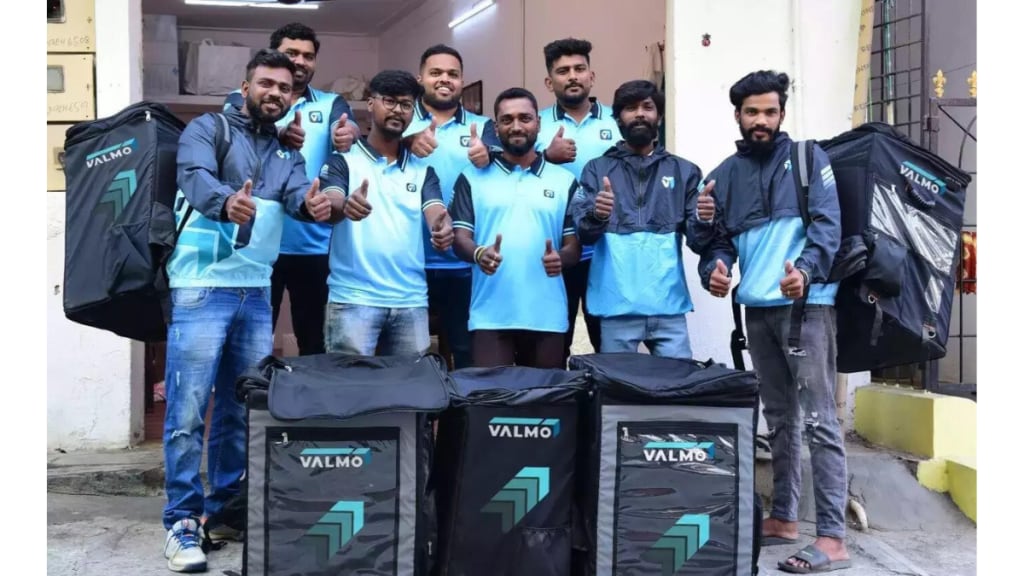E-commerce startup Meesho has launched Valmo, a decentralised network of micro-entrepreneurs who provide first-mile, last-mile or sorting solutions to Meesho sellers, unlike third-party logistics (3PL) players who provide end-to-end services. Short for value+movement, Valmo aims to build a low-cost logistics network across India, to help Meesho cut down some overheads and reduce some of its reliance on 3PL partners.
This will keep Valmo’s network at least 5% cheaper than the next player on a lane, which the company said can easily be increased to 10%. For now, Meesho is passing on this savings to the sellers, to lower the price of some products. It hopes that with lower supply-chain costs, it will get closer to its target of onboarding 10 million sellers in three years.
Valmo currently has close to 4,000 micro-entrepreneurs on its network, spread across 21 states, which includes over 1,000 towns and cities and handles 22% of Meesho’s daily shipment volume. The company has plans to scale the number of micro-entrepreneurs on the network to 100,000 and expand to more regions. If Valmo can eventually lower the overall logistics costs for Meesho, it will prove critical for the e-commerce firm, whose path to profitability is particularly in focus. In FY23, the company was able to halve its losses to Rs 1,675 crore, after reducing its customer acquisition, server and infrastructure costs.
In a highly fragmented logistics ecosystem, such as in India, a decentralised network works very well, said Sourabh Pandey, CXO, fulfilment and experience at Meesho. It not only increases transparency of the supply chain, a network like Valmo also gives micro-entrepreneurs an opportunity to start a business in logistics with a much lower capex requirement than that of a 3PL firm.
For example, the capital required to build an end-to-end logistics network in just one lane would be somewhere between Rs 1-1.5 crore, but if you want to set up only the first mile operations or the last mile operations, the capex goes down to around Rs 50,000, explains Pandey.
Managing a decentralised logistics ecosystem brings up two questions: One, will it have an impact on the delivery time and two, will it increase liabilities or parcel losses for Meesho? For the first, Pandey said there is no impact on the time taken to deliver the parcel, thanks to its network design and back-end control centre capabilities. For like-to-like lanes, Valmo network offers slightly better speed than 3PL partners.
This improvement could be largely because Valmo’s network offers Meesho real-time visibility in the shipment journey — for instance, where a parcel is at any moment and if there are any blockages — as opposed to limited visibility with 3PL players, Pandey said. As for the liabilities, he said there are leakages but it ensures the liability is assigned to the correct partner in the chain.
For the long run, Pandey sees Valmo as a second logistics network for Meesho, in addition to the 3PL players, and expects to see the latter become a part of the Valmo ecosystem. “At some point, aggregation of demand in certain geographies are better served by 3PL players and capabilities that are built by them are better. So, I don’t think that ecosystem will ever go down to zero,” he said.


